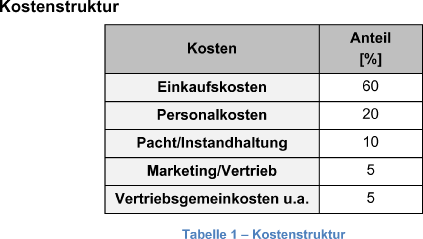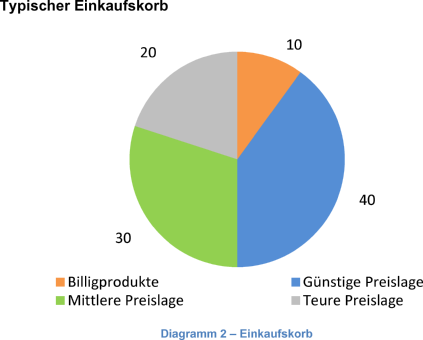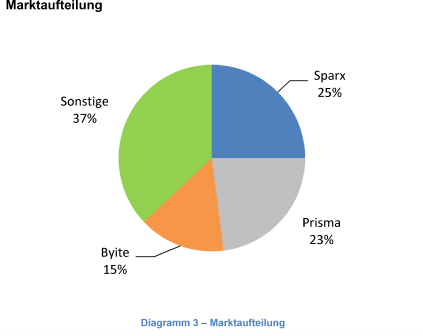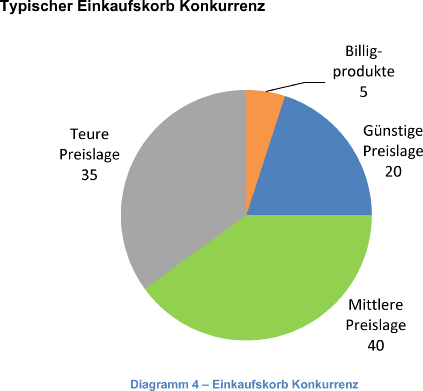Supermarkt Turnaround
Unser Klient die britische Supermarktkette Sparx, die nun seit 30 Jahren Marktführer ist. Vor fünf Jahren begann das Wachstum zu stagnieren und zwei Jahre später schrumpften die Umsätze sogar, was bis heute anhält. Die Rentabilität der Kette schrumpft sogar noch stärker.
Aktuell halten sie 25% Marktanteil, während der zweite Player im Markt mit 23% gefährlich näher kommt.
Was ist das Problem und wie kannst Du Sparx helfen, die Situation zu ändern?
Case-Kommentare
Weitere Fragen
Angenommen durch den Verkauf teurer Produkte steigt der durchschnittliche Produktpreis von £1 auf £1,1.
Als Konsequenz sind die Einkaufskosten um 5% gestiegen. Wir nehmen an, dass die Preiselastizität -0,5 beträgt (das bedeutet, dass bei einem Preisanstieg von 10% die Nachfrage nach dem Produkt um 5% fällt).
Wird der Klient mit dieser Strategieänderung rentabel?
Notiz für die/den Interviewer:in
Weitere Fragen können von dir hinzugefügt werden, Interviewer!
Am Ende des Interviews hast du die Möglichkeit herausfordernde Fragen zu dem Case hinzuzufügen (diese können beispielsweise für weitere Meetings genutzt werden, in denen der Interviewte den Case sehr schnell löst).






